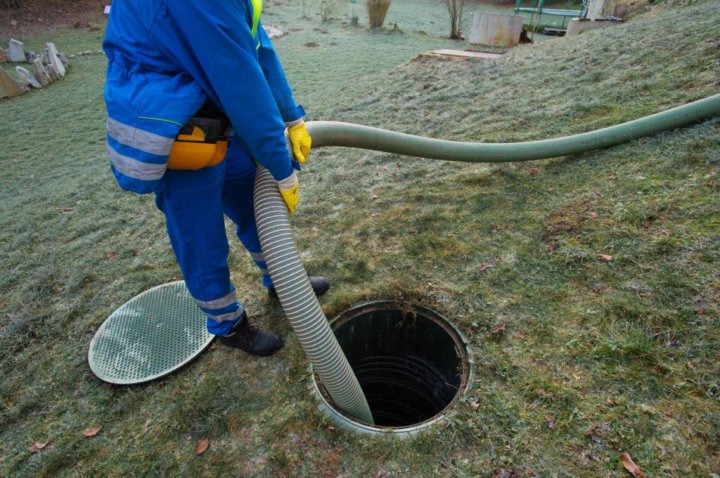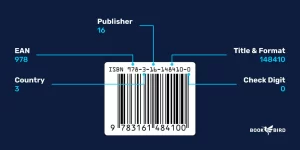Sewage mitigation for commercial properties in Battle Ground, WA, demands rapid, compliant, and technically sound strategies. Key priorities include containing the contamination, safeguarding occupants and operations, and restoring sanitary conditions according to local regulations. Immediate action prevents biohazard exposure, limits business interruption, and reduces structural damage.
The commercial sewage mitigation services process include isolating the contaminated area, extracting wastewater, deploying industrial-grade disinfection, and inspecting system backups. In a region like Battle Ground—with its mix of older infrastructure and newer developments—soil type, seasonal moisture, and building layout all influence the most effective response. This article outlines experience-based, technically accurate sewage mitigation methods and practical decision-making frameworks. The information provided is based on direct field application and aligned with industry regulations and regional requirements.
Understanding the Commercial Risk Environment in Battle Ground WA
Battle Ground is located within Clark County, WA—a region prone to seasonal heavy rainfall and occasional ground saturation. Aging plumbing systems in older buildings and the increasing strain on municipal infrastructure during storms contribute to a higher likelihood of sewage backups. The commercial sewage mitigation services in Battle Ground often feature mixed-use properties, food service establishments, and retail stores—each with different sewage system loads and compliance responsibilities.
Key regional considerations:
- High clay content in soil affects drainage efficiency
- Frequent rainfall causes increased groundwater pressure on sewer lines
- Building codes in Washington State (WAC 246-290) regulate water sanitation and mitigation practices
Primary Sewage Mitigation Methods
Immediate Mitigation Actions
| Action | Purpose | Equipment Used | Typical Timeframe |
| Containment | Prevent cross-contamination | Physical barriers, negative air machines | 1–2 hours |
| Wastewater Extraction | Remove raw sewage from affected area | High-capacity extractors, sump pumps | 2–6 hours |
| Surface Disinfection | Kill harmful bacteria and pathogens | EPA-registered antimicrobial agents | 4–8 hours |
| Drying & Dehumidification | Prevent mold and secondary damage | LGR dehumidifiers, air movers | 24–72 hours |
Bonus Tip: Use hydroxyl generators instead of ozone for occupied spaces. They neutralize bioaerosols without harmful side effects.
Long-Term Systemic Mitigation
| Strategy | Description | Best Use Case |
| Backflow Valve Installation | Prevents reverse sewage flow during backups | Properties in low-elevation or flood-prone areas |
| Sewer Line Camera Inspections | Identifies cracks, intrusions, and blockages | Buildings with recurring sewage issues |
| Lift Station Maintenance | Ensures operational reliability in properties relying on gravity-fed lifts | Multi-story or basement-equipped properties |
| Regular Grease Trap Servicing | Reduces FOG (fats, oils, grease) buildup in pipes | Restaurants and food processors |
Technical Data and Health Compliance Considerations
| Factor | Specification |
| Exposure Risk Level | Category 3 – Grossly unsanitary (per IICRC S500 Standard) |
| Required PPE | Full-body suit, N95/Full-face respirator, chemical gloves |
| Disinfectant Standards | EPA List Q compliant (for C. difficile, SARS-CoV-2, etc.) |
| Regulatory Oversight | Clark County Public Health, WA Department of Ecology |
| Dry-Out Benchmark | ≤ 16% moisture content (measured via penetrating meters) |
Market Data on Commercial Sewage Events
- Sewage backups account for over 30% of commercial water-related losses annually in Washington State (Source: Insurance Information Institute, 2024).
- Average remediation cost per event: $7,500 to $20,000 depending on square footage and contamination level (Source: Building Owners and Managers Association 2023 Survey).
- Downtime impact: Restaurants and healthcare facilities face closures ranging from 2 to 5 days after Category 3 exposure (CDC Industrial Sanitation Bulletin, 2024).
Things to Consider Before Making a Decision
- Type of Property Use: Food-service businesses require higher sanitation standards than general offices.
- System Age & Access: Older plumbing and inaccessible sewer lines may require advanced diagnostics.
- Insurance Scope: Review policy for exclusions related to groundwater or municipal system failures.
- Downtime Tolerance: Determine business continuity plans before beginning invasive procedures.
- Local Code Requirements: Clark County mandates specific disinfectants and disposal procedures.
Bonus Tip: Always notify local health authorities before remediation begins. It establishes compliance and avoids later penalties during inspection.
Common Questions
How quickly must mitigation begin after a backup?
Response must begin within 4 hours of discovery to prevent microbial colonization and irreversible damage.
Can business operations continue during mitigation?
No, unless the affected area is completely isolated and negative-pressure containment is maintained.
Is sewage damage always covered by insurance?
Coverage depends on policy specifics; most plans exclude damage from gradual wear or flood-origin backups.
Who is responsible for sewer line failures—owner or city?
Responsibility is shared. Property owners are liable for lateral lines up to the city main; the municipality covers main line faults.
Essential Restoration and Mitigation Services Available
Water Mitigation
Removes excess water caused by leaks, floods, or appliance failures. Focuses on rapid extraction, dehumidification, and drying to prevent structural damage and microbial growth.
Fire Mitigation
Cleans and repairs damage caused by smoke, soot, and flames. Includes odor control, debris removal, and structural safety evaluations.
Mold Mitigation
Targets visible and hidden mold contamination using HEPA filtration, containment protocols, and antimicrobial applications. Designed to stop spread and support healthy indoor air quality.
Sewage Mitigation
Handles biohazard cleanup from sewage backups. Involves safe extraction, industrial disinfection, and structural drying in compliance with EPA and local health regulations.
Restoration
Reconstructs and repairs structures damaged by water, fire, or mold. Restores spaces to pre-loss conditions, including walls, flooring, and fixtures.
Remodel
Improves or rebuilds damaged or outdated spaces. Offers cosmetic and functional upgrades following mitigation or as part of planned enhancements.
Water Damage Restoration Service
Comprehensive recovery service covering detection, extraction, drying, and structural repair after water intrusion events.
Microbial Restoration Services
Focuses on biological contamination from mold, sewage, or pathogens. Applies specialized containment, disinfection, and environmental monitoring protocols.
Property Management Restoration
Supports multi-unit residential or commercial property managers with emergency response, coordinated remediation, and compliance documentation.
FAQ
How long does it take to fully restore a commercial site after sewage damage?
Typical restoration takes 3–7 days depending on contamination scope and structural drying needs.
What are the health risks of delayed sewage cleanup?
Delayed mitigation leads to E. coli exposure, mold growth, and airborne viral transmission. OSHA guidelines require remediation before re-entry.
Can I use bleach as a disinfectant for sewage?
No. Bleach is not sufficient on porous surfaces and lacks residual efficacy. Use EPA-registered quaternary ammonium-based disinfectants.
What equipment should professionals use for effective sewage cleanup?
HEPA vacuums, hydroxyl generators, submersible extractors, and moisture meters are essential. Thermal imaging can identify hidden water.
Are post-mitigation air quality tests necessary?
Yes. Air sampling verifies microbial load reduction and determines whether the space is safe for re-occupancy.
Ready to Achieve a Safe, Clean Commercial Environment?
Sewage contamination can halt business operations and expose occupants to serious health risks. Act quickly and implement proven mitigation methods specific to Battle Ground’s environment. Apply these insights now: Schedule your sewage risk assessment and mitigation strategy planning with Prestige NW Restoration.
Contact Details:
Prestige NW Restoration
Phone: (360) 334-3624
Email: [email protected]
Reviewer:
Matthew Moore brings over 15 years of experience in residential renovation marketing. The review provided helped shape this content to better connect with homeowners seeking reliable, high-quality restoration and home improvement services.






